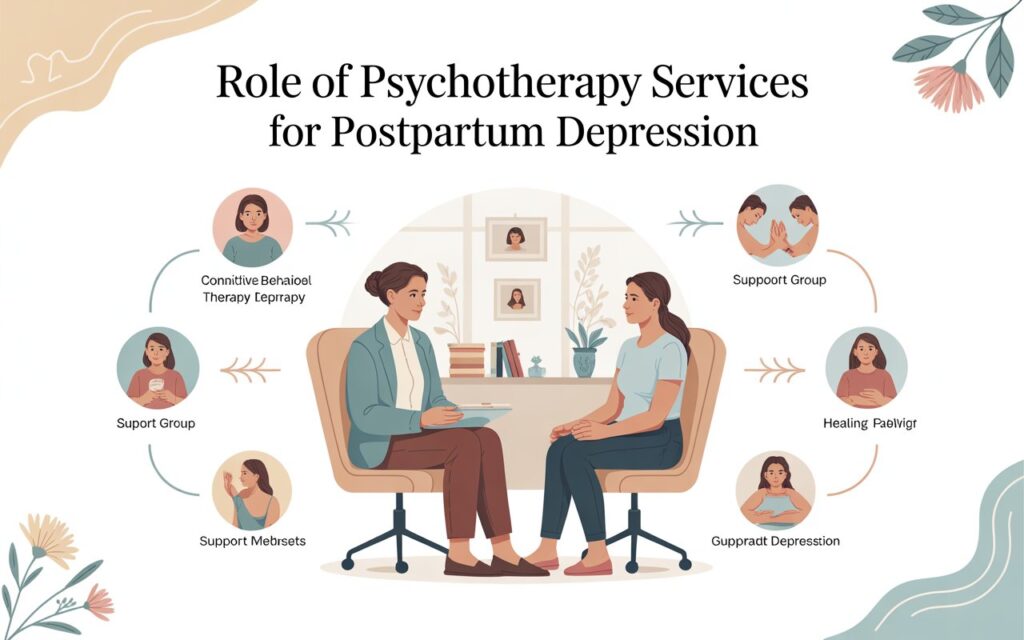I’ll never forget the time my grandmother asked me to open a jar of pickles because her fingers just wouldn’t do what they used to. Her hands, once firm and warm with the strength of years spent baking, sewing, and comforting, had begun to change. Swollen knuckles, stiff joints, and occasional flares of pain. But the confusing part was—her doctor wasn’t sure whether it was osteoarthritis or rheumatoid arthritis. That’s when I realized: most people don’t know the difference. And it matters. A lot.
If you’ve ever wondered whether that morning stiffness in your knees or that aching wrist might be something more than “just aging,” this blog will help you understand the distinct yet often-confused worlds of osteoarthritis (OA) and rheumatoid arthritis (RA). They share a few symptoms—but their root causes, progression, and treatments are strikingly different. Moreover, get to know about non-surgical knee osteoarthritis study to take control of your health today.
Understanding the Basics
What Is Osteoarthritis?
Osteoarthritis is often considered the “wear-and-tear” arthritis. It’s the most common form of arthritis and primarily results from the gradual breakdown of cartilage—the slippery material that cushions the ends of bones. As the cartilage erodes, bones begin to rub against each other, causing pain, swelling, and reduced mobility.
According to the Centers for Disease Control and Prevention (CDC), over 32.5 million adults in the U.S. live with osteoarthritis. While it usually affects older adults, younger individuals—especially athletes or those with joint injuries—aren’t entirely immune.
What Is Rheumatoid Arthritis?
Rheumatoid arthritis, on the other hand, is an autoimmune disease. It doesn’t happen because of mechanical wear and tear. Instead, the body’s immune system mistakenly attacks its own joints, particularly the synovial membrane—a lining around the joints that produces fluid to keep them lubricated.
RA affects about 1.3 million Americans, according to the American College of Rheumatology. Unlike osteoarthritis, it can appear at any age and often begins between ages 30 and 60. Women are two to three times more likely to develop RA than men.
How They Feel: Symptoms Side-by-Side
While OA and RA both cause joint pain and stiffness, how and when that discomfort appears can offer big clues.
Symptoms of Osteoarthritis
- Pain that worsens with activity and improves with rest
- Morning stiffness that usually resolves within 30 minutes
- Swelling localized around specific joints
- Grating sensation or bone-on-bone feeling
- Bone spurs or visible bony outgrowths
- Asymmetrical symptoms, often affecting only one side (e.g., right knee but not left)
OA most commonly affects the knees, hips, hands, and spine. A mechanic with a worn-out back or a runner with chronic knee issues—these are typical OA stories.
Symptoms of Rheumatoid Arthritis
- Pain and stiffness lasting more than 1 hour in the morning
- Persistent fatigue and low-grade fever
- Symmetrical joint pain (e.g., both wrists, both knees)
- Swollen, tender, and warm joints
- Joint deformity over time
- Sudden flare-ups, often unrelated to physical activity
RA often starts in the smaller joints—fingers and toes—but can spread to larger joints and even affect organs like the heart, lungs, and eyes.
Causes and Risk Factors: Nature vs. Autoimmunity
Causes of Osteoarthritis
OA is mainly due to physical factors. Aging is the biggest contributor, but others include:
- Previous joint injuries or surgeries
- Repetitive stress from jobs or sports
- Obesity, which increases stress on joints
- Genetics, especially if OA runs in the family
People with OA often describe their pain as creeping in over time. It’s slow, relentless, and more about use and overuse.
Causes of Rheumatoid Arthritis
RA is less about what you do and more about how your immune system behaves. Key risk factors include:
- Genetics (presence of HLA-DR4 gene)
- Gender (female)
- Smoking, which increases RA risk significantly
- Obesity, especially in women under 55
- Environmental triggers, though not yet fully understood
The onset of RA can be jarring. A previously healthy 35-year-old teacher may suddenly struggle to hold a pen or button a shirt.
Diagnosis: A Different Set of Tools
How Osteoarthritis Is Diagnosed
Doctors rely on:
- X-rays to detect bone changes and cartilage loss
- MRI (in some cases) to assess soft tissue damage
- Physical exams, checking joint range of motion and tenderness
- Patient history, especially in terms of activity and injury
Blood tests typically don’t show inflammation in OA.
How Rheumatoid Arthritis Is Diagnosed
RA requires a more nuanced approach, including:
- Blood tests for rheumatoid factor (RF) and anti-CCP antibodies
- Erythrocyte sedimentation rate (ESR) and C-reactive protein (CRP) to measure inflammation
- X-rays or MRIs to track joint erosion
- Ultrasound, sometimes used to detect early synovitis
Early detection is crucial. Within 6 to 12 months of onset, RA can cause irreversible joint damage.
Treatment Approaches: Managing Two Different Monsters
Treating Osteoarthritis
There is no cure for OA, but its symptoms can often be managed with:
- Pain relievers like acetaminophen or NSAIDs
- Physical therapy to strengthen muscles around joints
- Weight loss to reduce pressure on joints
- Joint injections, such as corticosteroids or hyaluronic acid
- Surgery, including joint replacement in severe cases
Alternative therapies like acupuncture and yoga have shown promise, particularly when combined with conventional care.
Treating Rheumatoid Arthritis
RA treatment focuses on calming the immune response and preventing joint damage:
- Disease-modifying antirheumatic drugs (DMARDs) like methotrexate
- Biologics such as TNF inhibitors (e.g., Humira, Enbrel)
- Corticosteroids for flares
- Lifestyle changes, including quitting smoking and eating an anti-inflammatory diet
- Regular monitoring to adjust medications as needed
Unlike OA, early and aggressive treatment in RA can change the disease trajectory dramatically.
Real Lives, Real Impact
Let me tell you about Priya, a 29-year-old graphic designer from Mumbai. When she first started noticing wrist pain, she blamed her long hours at the desk. But when her ankles started swelling and her morning routine stretched from 10 minutes to nearly an hour just to get dressed, she knew something was wrong.
It wasn’t until her third doctor visit and a barrage of blood tests that she received her RA diagnosis. “I thought arthritis was an old person’s disease,” she told me, eyes wide with disbelief. Today, thanks to early treatment with biologics and lifestyle adjustments, she’s not only managing her symptoms but also mentoring others newly diagnosed with RA.
Contrast that with John, a 56-year-old plumber in Ohio. Years of kneeling and lifting heavy tools wore down his knees. His OA diagnosis didn’t shock him, but it did frustrate him. After losing 20 pounds, switching to less physically demanding work, and using gel injections, he now bikes every morning—a far cry from the man who once limped up the stairs.
These aren’t just medical stories. They’re deeply human.
Conclusion: The Name May Be Similar, But the Stories Are Not
Osteoarthritis and rheumatoid arthritis may share a few letters, but the similarities mostly end there. One is mechanical, the other immune-driven. One creeps, the other attacks. One may respond to better shoes and weight loss, the other needs a team of specialists and long-term medication.
Knowing the difference can save time, preserve mobility, and—perhaps most importantly—help someone feel seen in a healthcare system that often lumps “arthritis” into one generic bucket. Whether it’s your grandmother, your friend, or yourself, understanding what kind of arthritis you’re dealing with is the first step toward truly living with it.
Don’t ignore the pain. Ask questions. Seek clarity about everything like does osteoarthritis cause subchondral sclerosis? Because when it comes to arthritis, the difference could mean everything.









